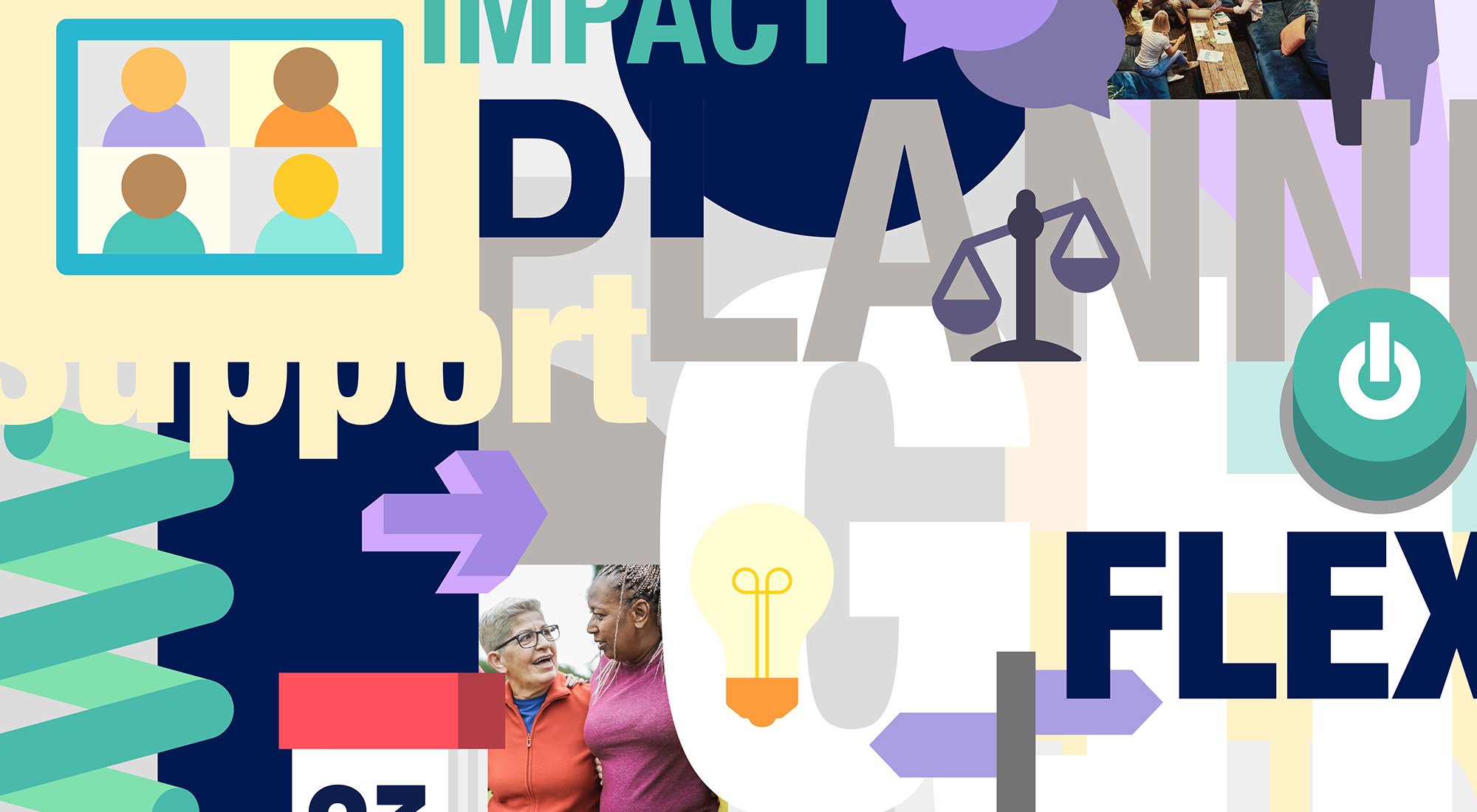
Grantees Resource Hub
In this hub we have gathered information, tools and case studies to help every grantee move towards and access flexible funding. It will help you with the questions you need to ask and outline how best to work with funders to find ways to move towards more flexible funding, enabling you better to define, set and achieve the goals you have as an organization, large or small.
What is Flexible Funding?
Flexible funding gives non-profits the freedom to allocate funds where they need it most and the autonomy to be proactive and respond most effectively to every new challenge and opportunity that arises. When grantees are able to switch to more flexible arrangements, such as unrestricted and multi-year grants, it gives them the freedom to operate at their most effective for those that need them.
Benefits of Flexible Funding
When you never quite know how much funding you will get, or on what terms, it will inevitably impact the effectiveness of your planning. Flexible funding changes all that, empowering organizations to invest in critical areas such as infrastructure and innovation; essential to effectiveness but often overlooked. Strategic planning is another casualty of inflexible funding, and lack of it limits organizational resilience, and the ability to properly resource and deliver every objective.

Definitions
-
Expenses directly attributable to specific projects.
-
Expenses necessary to run an organization that are not directly tied to a specific project
-
The rate sometimes offered by funders with project funding as a contribution towards overheads or administration costs, generally termed “indirect costs”. This is often offered as a percentage of the direct programme costs that are being funded.
-
Flexible funding is about trust and sharing of power; trusting grantee partners to know how best to apply their funding. After all, they know what they’re doing and are best placed to decide how to apply funding.
-
Project-restricted funding policies can starve grantees of support with the costs of running their organizations. Naturally, funders want their money to be spent on projects, but if the organizations delivering that funding aren’t able to retain staff or even keep the lights on, they can’t do that effectively. So, funders need to be made aware of the lasting impact of underfunding of running costs and infrastructure on the ability to deliver to projects.
Learn more
Key Resources
It can be daunting to present the case for flexible funding, whether you’re in negotiations with new funders or you have a long history of working together, and you’re asking for change. We’ve put these resources together to help you create compelling cases for flexible funding, including training, real life examples that demonstrate successful outcomes and materials that help you answer the questions funders commonly ask.
Indirect Cost Coverage Template
Learn to negotiate and calculate indirect costs effectively with our downloadable "Indirect Cost Rate Template". Mastering this will ensure you cover essential operational expenses adequately.
Multi-Year Funding Guide
Explore strategies to secure and manage multi-year funding. Such resources provide stability, allowing you to plan and execute long-term projects without the constant pressure of re-funding.
Indirect Cost Rate Guide
Explore definitions of direct, indirect and shared costs to help you with the Indirect Cost Coverage template.

Learn from others

Media Content
We’ve created a full media toolkit with useful posts covering all the issues involved and introducing some of our case studies.
Webinars and Workshops
Stay informed about upcoming educational opportunities designed to enhance your funding literacy and operational expertise.
Funder insights
Benefit from firsthand advice from funders on fostering productive, enduring partnerships. Learn what funders value in successful collaborations.
Practices to explore
There are many ways to move towards flexible funding; here we take a look at ways to change for both immediate and long term results.
Indirect Cost Recovery
All-In Project Support
Flexible Programmatic Funding
Targeted Growth Support
Multi-Year Flexible Funding
Flexible Support
What to ask funders
Funders can be anywhere on this spectrum of flexibility, to challenge them to take a look at their practices and make changes, ask your program officers these questions:
Are you able to fund indirect costs at the actual rate provided by the grantee?
Are you able to increase fixed indirect cost coverage rates (or create sliding scale) for project-based grants?
Are you able to add general operating support money to project grants?
Are you able to provide more flexible project support by moving away from direct vs. indirect budgeting all together?
Funders open to have these conversations or make changes based on these questions above can use the Funding For Real Change website to support their journeys.
General advice
Feedback and Questions
Your insights are invaluable. Share your funding experiences and challenges to help us refine our support strategies.
Resources:
Resetting the Grantor-Grantee Relationship, SSIR article on how changes in behavior and mindset can strengthen grantor-grantee relationships
https://ssir.org/articles/entry/the_nonprofit_starvation_cycle
Building Strong, Resilient NGOs in India: Time for New Funding Practices, Bridgespan article on the underinvestment in nonprofits in India, and better funder practices that can change this
Seven Habits of Excellent Work with Grantees, Hewlett Foundation guide for foundation staff to help them create strong, mutually respectful and highly productive relationships with grantees
My Organization Is a Testament to Why Unrestricted Funding Matters, Chronicle of Philanthropy opinion piece by Nicholas Turner, president of the Vera Institute for Justice













